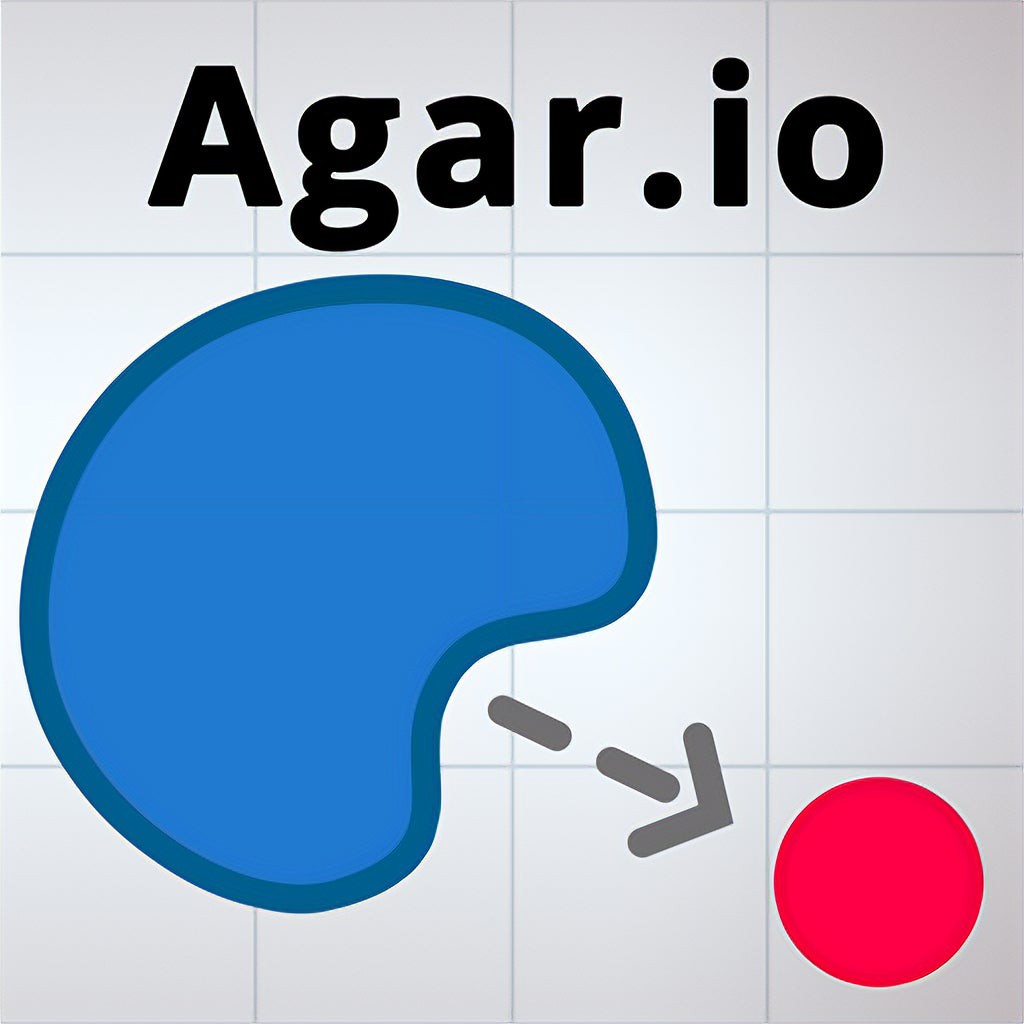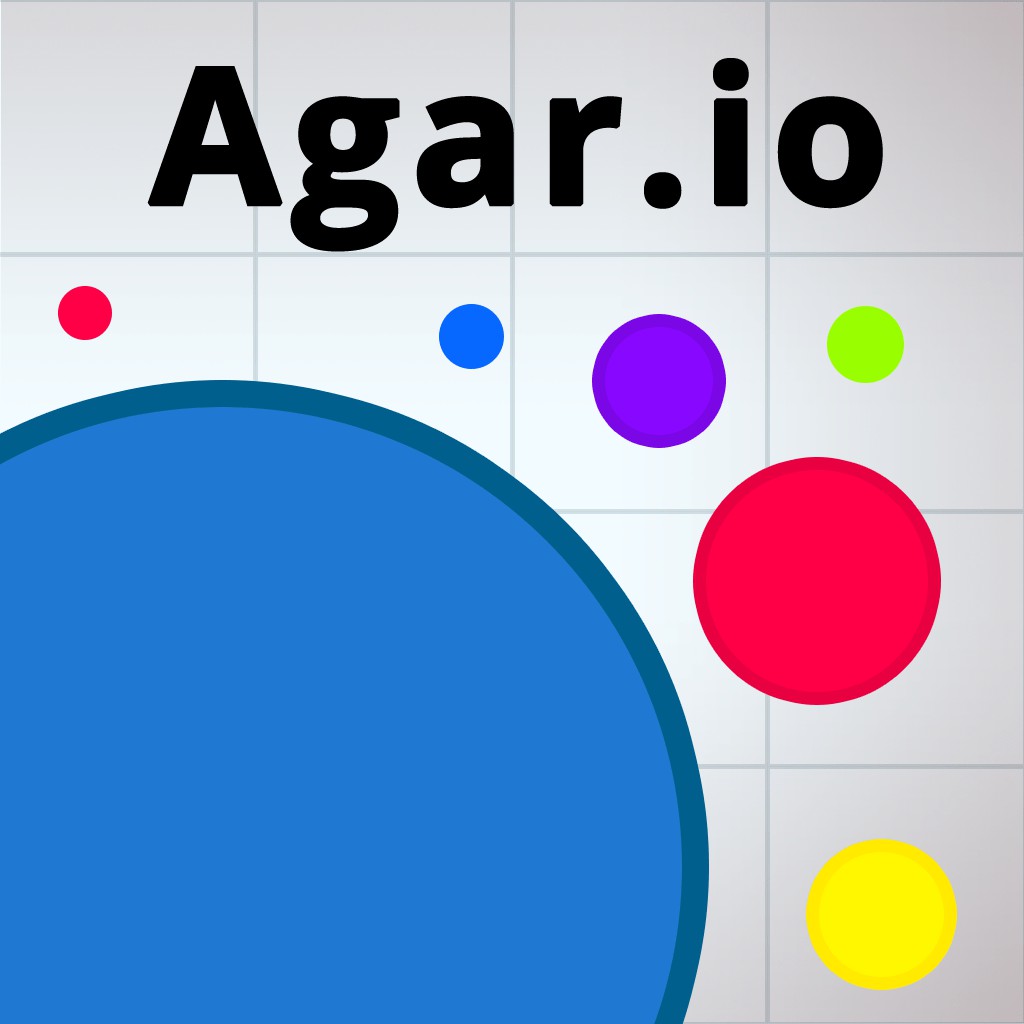“Agar.io: The Simple Circle That Consumed the Internet”
In the realm of browser-based gaming, few titles have made an impact quite as significant and unexpected as Agar.io. On the surface, it’s almost laughably simple—players control a small cell that floats across a white grid, absorbing smaller blobs and avoiding larger, more threatening players. But beneath that minimalist facade lies a surprisingly complex, fast-paced, and deeply addictive experience that has captivated millions around the world. The beauty of Agar.io lies in its accessibility. No installation, no tutorial, and no fancy graphics—just a web browser and a few seconds before you’re tossed into a petri dish of chaos. That immediacy made the game incredibly appealing to casual players, while its competitive, high-stakes survival loop kept them coming back for more. You begin as a tiny, almost insignificant speck, and every movement becomes a decision: chase or retreat, split or merge, hide or risk it all. The game offers no clear endpoint, just the pursuit of dominance on a constantly shifting battlefield. It’s a brilliant metaphor for natural selection and power dynamics, executed through simple mechanics that even a child can grasp yet even the most strategic minds can spend hours mastering. The tension of trying to grow while dodging larger predators, the satisfaction of devouring a rival, and the helpless panic of watching your massive cell shatter into smaller pieces after hitting a virus—these micro-moments make Agar.io not just a game, but a digital ecosystem pulsing with life and competition.

At the heart of Agar.io’s enduring appeal is the elegant interplay between its mechanics and player psychology. The game’s core mechanic—bigger cells eat smaller ones—creates an inherently engaging feedback loop. As you grow, your dominance becomes apparent, but so does your vulnerability. Larger cells move slower, making them easy targets for smaller, more agile players who can work together to take them down or bait them into dangerous positions. This forces players to make constant strategic decisions: Should you split to gobble up a nearby target, risking your own fragmentation? Should you sacrifice part of your mass to a teammate in a tactical play? Should you circle around a virus and force your enemy into a trap? There are no predefined abilities or upgrades in Agar.io; everything is governed by movement, timing, and mass management. What’s fascinating is how players have organically created complex strategies out of such a stripped-down framework. The split and eject functions, for example, allow for sophisticated tactics like ambushes, baiting, feeding allies, or sending viruses toward rivals. On a higher level, players start to learn about “zone control”—how to herd smaller cells into corners, how to patrol territory, how to apply pressure without overextending. The absence of a tutorial or structured learning path is deliberate: the game teaches you through failure, observation, and repetition. There’s also a social layer that becomes increasingly prominent. In team modes or informal alliances, players communicate wordlessly through movement and mass sharing, forming temporary coalitions that can flip the power dynamic of a match. The result is a game where no two matches ever feel the same and where the unpredictability of human behavior becomes part of the thrill.

What truly sets Agar.io apart in the world of online games is not just its mechanics or accessibility, but its cultural and community-driven legacy. When it first went viral, thanks to content creators and streamers showcasing epic plays and chaotic moments, Agar.io quickly became more than just a casual browser game—it became a symbol of the internet’s love for emergent gameplay. Players began customizing their cells with skins representing countries, memes, icons, and personal flair, adding a new layer of identity and competitiveness to the mix. The presence of flag-based skins even led to a kind of digital nationalism, where players would form alliances based on shared identity or turn matches into geopolitical turf wars. It was humorous, chaotic, and oddly reflective of real-world dynamics—all through a bunch of bouncing circles. Over time, spin-offs and clones emerged, but few captured the raw, organic magic of the original. Even years later, Agar.io maintains a loyal player base and continues to be a go-to for quick, engaging multiplayer battles. The simplicity of its design is what makes it timeless—it doesn’t rely on flashy graphics or convoluted mechanics to stay relevant. It thrives on the psychology of growth and survival, the thrill of dominance, and the never-ending dance between predator and prey. Whether you’re a veteran cell strategist or a newcomer just trying not to get eaten, Agar.io offers an experience that is both brutally competitive and endlessly fun. It’s proof that sometimes, the simplest ideas can evolve into the most iconic games.


